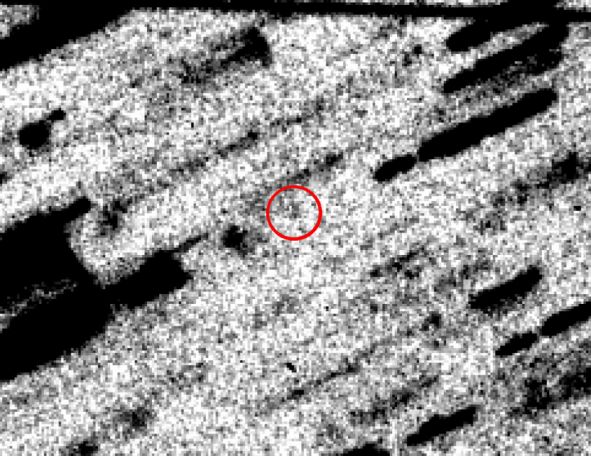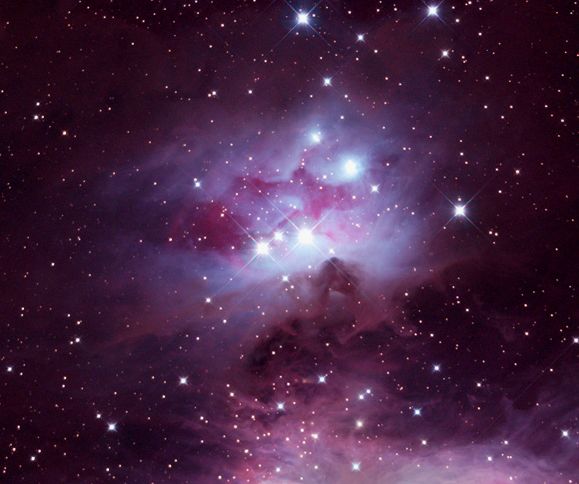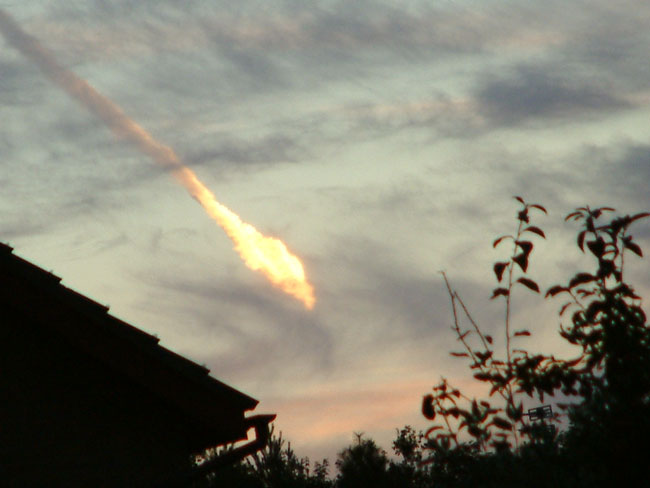
This x-ray image of the Moonwas made by the orbitin ROSAT Röntgensatellit) Observatory in 1990.In this digital picture, pixel brightness corresponds to x-ray intensity.Consider the image in three parts:the bright hemisphere of the x-ray moon,the darker half of the moon,and the x-ray sky background.The bright lunar hemisphere shine in x-rays because it scattersx-rays emitted by the sun.The background sky has an x-rayglow in part due tothe myriad of distant, powerful active galaxies, unresolvedin the ROSAT picture but recently detected in Chandra Observator x-ray images.But why isn't the dark half of the moon completely dark NewChandra results also suggest that a few x-rays only seemto come from the shadowedlunar hemisphere.Instead, theyoriginate in Earth's geocorona o extendedatmosphere which surrounds the orbiting x-ray observatories.


